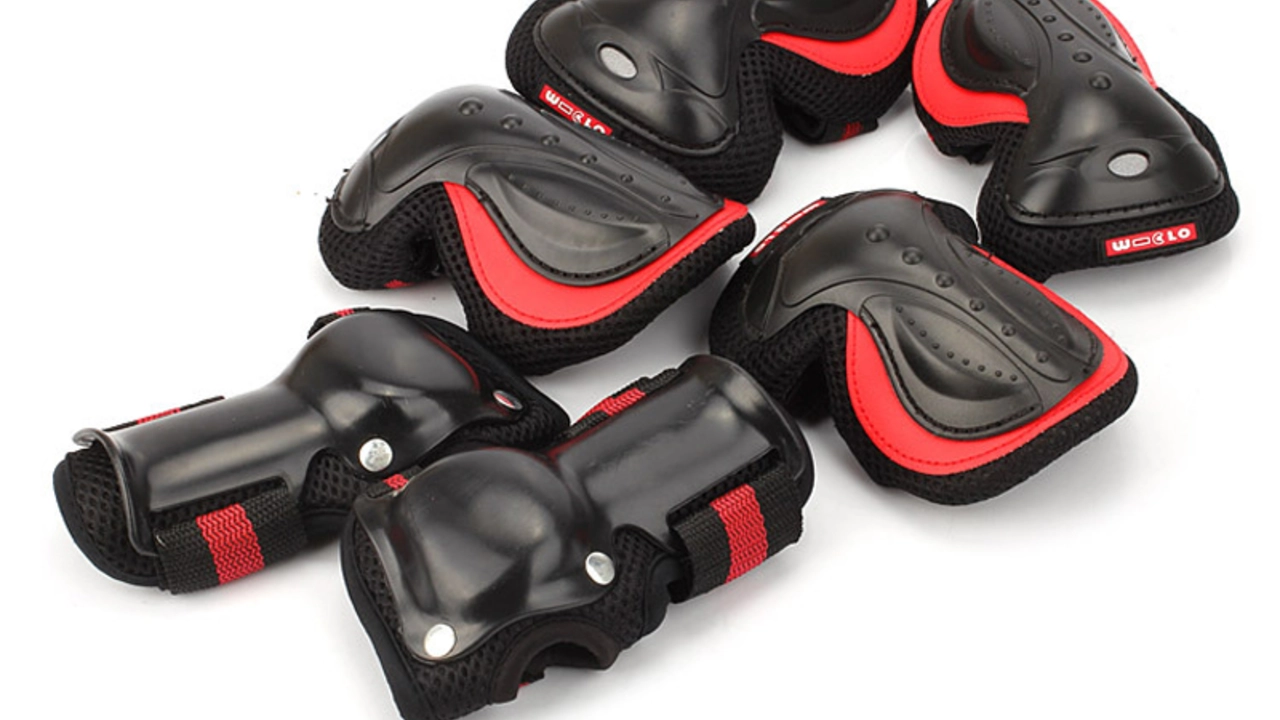Protective Gear Essentials for Soccer Players
When you step onto the grass, the last thing you want is a preventable injury. The right protective gear does more than just follow rules – it keeps you in the game longer and lets you play with confidence. Below you’ll find simple advice on what to wear, why it matters, and how to pick gear that fits your style and budget.
Why Protective Gear Matters
Soccer may look harmless, but a fast‑moving ball, sharp tackles, and hard surfaces can cause serious bruises or broken bones. Shin guards are the most obvious piece, but a good pair can reduce the risk of ankle sprains and lower‑leg fractures. Head protection isn’t common in adult leagues, yet for younger players a soft‑shell helmet can keep a concussion at bay during heading drills.
Beyond the physical safety, gear gives you a mental edge. Knowing you’re covered lets you focus on dribbling, passing, and striking without worrying about a nasty knock. This confidence often translates into better performance, especially in high‑pressure matches.
Choosing the Right Gear
Start with shin guards that meet the governing body’s standards – they should cover the entire front of the shin and be secured with straps that stay in place during tackles. Foam or gel inserts add extra cushioning, and a lightweight plastic shell won’t weigh you down.
If you play on hard or artificial turf, consider padded socks or ankle braces that protect joints without restricting movement. For goalkeepers, a padded jersey and wrist guards help absorb the impact of powerful shots.
Fit is everything. Try the gear on with your boots and socks to make sure nothing slides around. Adjustable straps are a must; they let you tighten or loosen the protection as the game heats up.
Budget‑wise, you don’t need the most expensive brand to stay safe. Look for reviews that mention durability and comfort, and check if the retailer offers a money‑back guarantee. A modest investment now can save you from costly medical bills later.
Maintenance keeps gear effective. Rinse shin guards after use, let them dry fully, and replace them if cracks appear. For helmets, inspect the inner padding regularly – a worn‑out liner won’t absorb shocks the way it should.
Remember, protective gear works best when combined with smart play. Warm up properly, stay aware of your surroundings, and avoid reckless challenges. Gear is a safety net, not a free pass to ignore technique.
In short, the basics are simple: quality shin guards, optional ankle or wrist support, and proper fit. Add a headguard for younger players, and you’ve covered the main injury risks. Keep your equipment clean, replace worn parts, and you’ll enjoy a safer, more confident soccer experience.
Ready to upgrade? Head to your local sports shop, try a few options, and pick the gear that feels like an extension of your body. Your future self will thank you when you avoid those painful knocks and keep scoring goals season after season.
